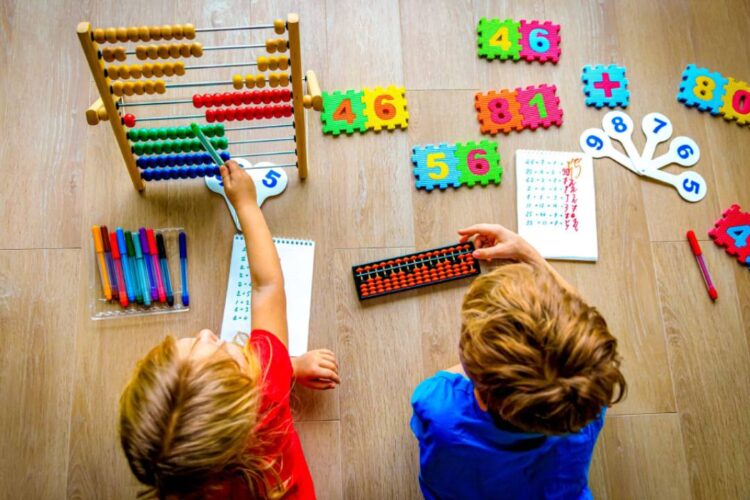When it comes to early education, you probably wonder what the most effective technique is for nurturing young minds. The synergy between play and learning is of immense importance, as child development experts emphasize the power that comes with this combination.
The balance between fostering creativity while also establishing a strong foundation for intellectual curiosity is a central theme at Little Scholars Preschool in Pleasanton.
The blended approach isn’t just theoretical: it has tangible benefits for your child. Holistic growth is not just a buzzword; represents a crucial comprehensive development for young students.
Creativity reaches new heights when children explore freely through play-based learning. This environment encourages them to think innovatively and increases their problem-solving skills. Equally important is the fire it ignites in intellectual curiosity, laying an ideal foundation for lifelong learning.
Theories Behind the Game-Education Combination
Early childhood education teachers such as Piaget, Vygotsky, and Frobel have emphasized the critical union between play and learning in their respective theories. According to Piaget’s Theory of Cognitive Development, your preschooler is at a stage in which he learns through active participation in the world; Figuratively speaking, he learns best by “doing.”
Vygotsky’s social constructivism adds weight to this exploratory learning approach, presenting social interaction centered on play as an important source of psychological development. Frobel went a step further with his expressive phrase “play is work,” emphasizing the underlying layers of educational value within children’s play.
Strategies to Combine Play and Education
Combining play and education does not depend on chance. It requires careful planning and strategic methods such as integrative teaching, where subjects are connected rather than fragmented: an environment that familiarizes children with open-ended materials fosters creativity and helps cognitive growth. Similarly, thematic learning modules make lessons engaging through game-like activities that revolve around specific concepts or topics.
Transforming the Classroom Space
The physical environment also plays a crucial role. You’ll want your children to play in a vibrant room designed for exploration and discovery, a setup that stimulates the imagination while also being safe for young students.
There is a close link between imagination and brain development in children. Finding harmony between indoor and outdoor environments ensures that children gain varied experiences in different environments.
Parent Involvement and Support
And let’s not forget your role as parents: the role you play alongside educators is crucial when it comes to combining play with the child’s early education process. Maintaining an open dialogue with the school and engaging children with playful learning activities at home form an effective partnership that enhances teachers’ efforts at school.
Role of Teachers in this Combination
Without the experienced guidance of people like the educators at Little Scholars Preschool, achieving an effective match can seem like a challenge. Teachers take on vital roles: they encourage guided play, ensuring that it carries learning perspectives beyond mere fun; Foster relationships between teachers and children and break down barriers that allow the flow of knowledge effortlessly.
Inclusion of Music and Arts in the Curriculum
The role that music and the arts play cannot be undermined when talking about a balanced combination of education and play. These elements stimulate parts of the young brain responsible for motor skills, visual learning, attention span, and memory. In addition, it is a suitable platform for emotional expression, quite therapeutic.
Incorporating Technology into Learning
In an era dominated by digitalization, the influence of technology on learning methods cannot be overlooked. Digital games can be used to improve cognition, but remember that moderation is key: too much screen time can hinder physical activity and social skills.
Value of Structured and Unstructured Play
Using structured and unstructured play techniques allows children to experience the best of both worlds. Within structured play, the setting involves organized activities that require following instructions.
Conclusion
Shaping early education around a balanced mix actively combines theory with practice, a foundation that supports mental stimulation while preserving the carefree joy that a play-oriented childhood offers.



No Comments
Leave Comment